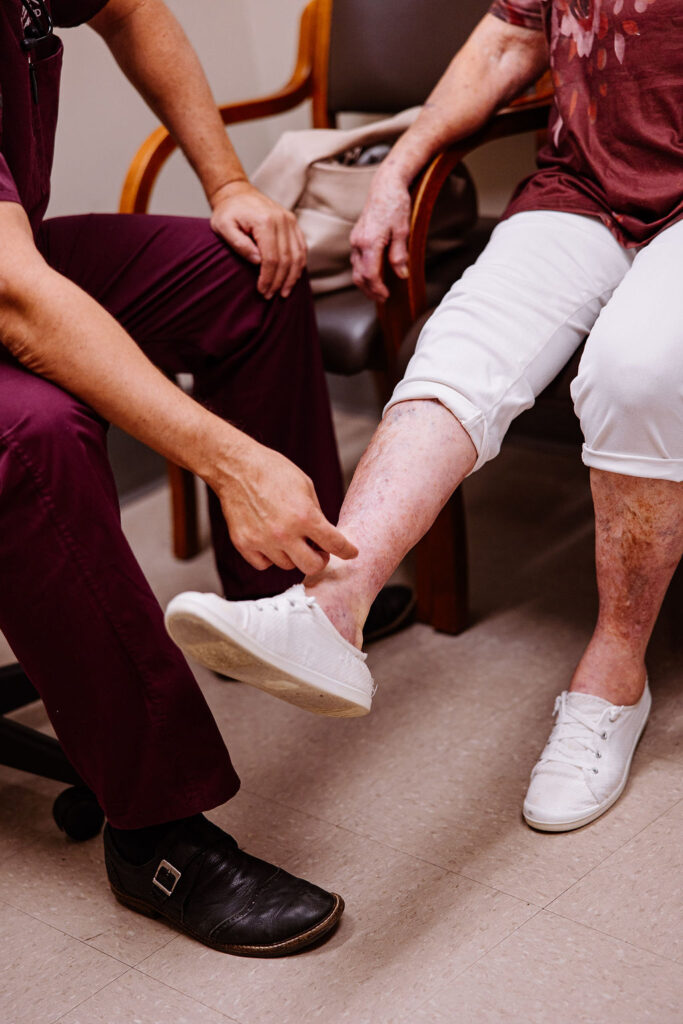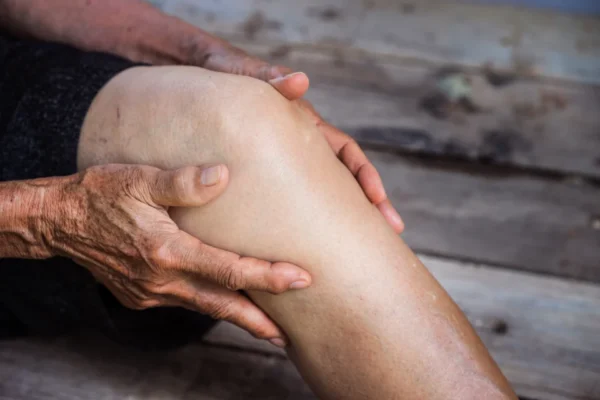Understanding the distinction between PAD and PVD can be confusing, particularly when there seem to be so many naming variations. In addition to peripheral artery disease and PAD, you may have heard the condition referred to as peripheral vascular disease or PVD. This often leads the two to be used interchangeably, and while the term PVD does encompass all cases of PAD, the term PAD cannot be used to refer to all types of PVD.
PVD is considered to be either functional or organic, based on how it develops. Functional PVD does not result from damage or defect of the blood vessels. In conditions such as Raynaud’s disease, the vessels expand or constrict on their own in response to stimuli. Organic PVD, on the other hand, occurs when there is damage to vessels from sources such as inflammation or plaque buildup, or atherosclerosis. PAD is the most common form of organic PVD.
Forms of PVD that are not considered PAD include:
- Chronic venous insufficiency
- Deep vein thrombosis (DVT)
- Thrombophlebitis
- Varicose Veins
While patients may hear and see the terms PAD and PVD used interchangeably, it is important to understand that, while PAD is the most common, other forms of PVD do exist.
PAD is a particularly dangerous form of vascular disease of which too many patients are unaware. While the condition can sneak up silently, the complications it can cause can be life-altering and may even result in the loss of limbs. Early diagnosis and treatment are key to minimizing the impact of the disease. If you are already suffering from symptoms of PAD or meet the risk criteria above, contact Cardiovascular Institute of the South. With a simple, non-invasive test called an ankle-brachial index, you can determine your risk for PAD and gain invaluable insight into your health.






